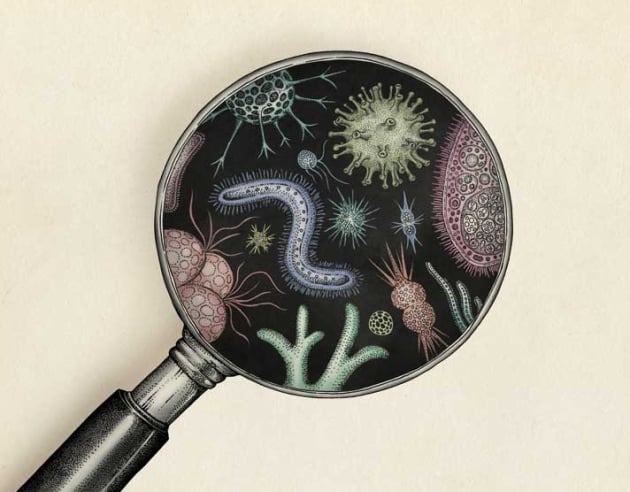Remember the time when anthrax became a huge scare in U.S.? The very technique which helped authorities pin the culprit behind them was phylogenetic forensics, a cutting-edge microbe-sourcing technique.
If you are thinking this stuff works like DNA testing, know that it doesn’t. Phylogenetic forensics is more of a supporting technique, providing sufficient evidence to point fingers in the right direction. While techniques like DNA testing are more direct and can directly identify a culprit in a criminal case, phylogenetic forensics simply help provide supporting evidence.
This is precisely why this technique has had a rough time in court rooms and in front of the juries. Since it is rather complicated, it becomes quite difficult to explain the science behind it to those passing the verdict. And yet, this technique is critically helpful because it is able to trace back the origins of an intentional medical or chemical infection and help find those responsible.
There are a number of known cases where phylogenetic forensics helped discover criminals. Take the case of Richard Schmidt, for instance. He was a doctor who intentionally infected his ex-girlfriend with HIV-infected blood simply because the girlfriend had broken up with him. It would have been hard to prove that he committed the crime if not for phylogenetics.
In another rather horrific case, an anesthesiologist in Spain would inject a portion of morphine into his body and then use the same needle to inject morphine into the patients. He did so simply because he was addicted to morphine but ended up infecting hundreds of patients with hepatitis C because he suffered from it.
The field is relatively new in the world of criminal forensics and it may be a while before it gets the acceptance of those in the court rooms. An article in Nature does a great job of explaining the science behind it. You can read the article here.
Source: Nature
Courtesy: Pop Sci
[ttjad keyword=”auto”]



Can phylogenetic forensics identify the criminals who have poisoned me with mercury tooth fillings, fluoride in the water, aspartame in my soft drinks, genetic corruption in my vegetables and carrageenan in my processed food…?